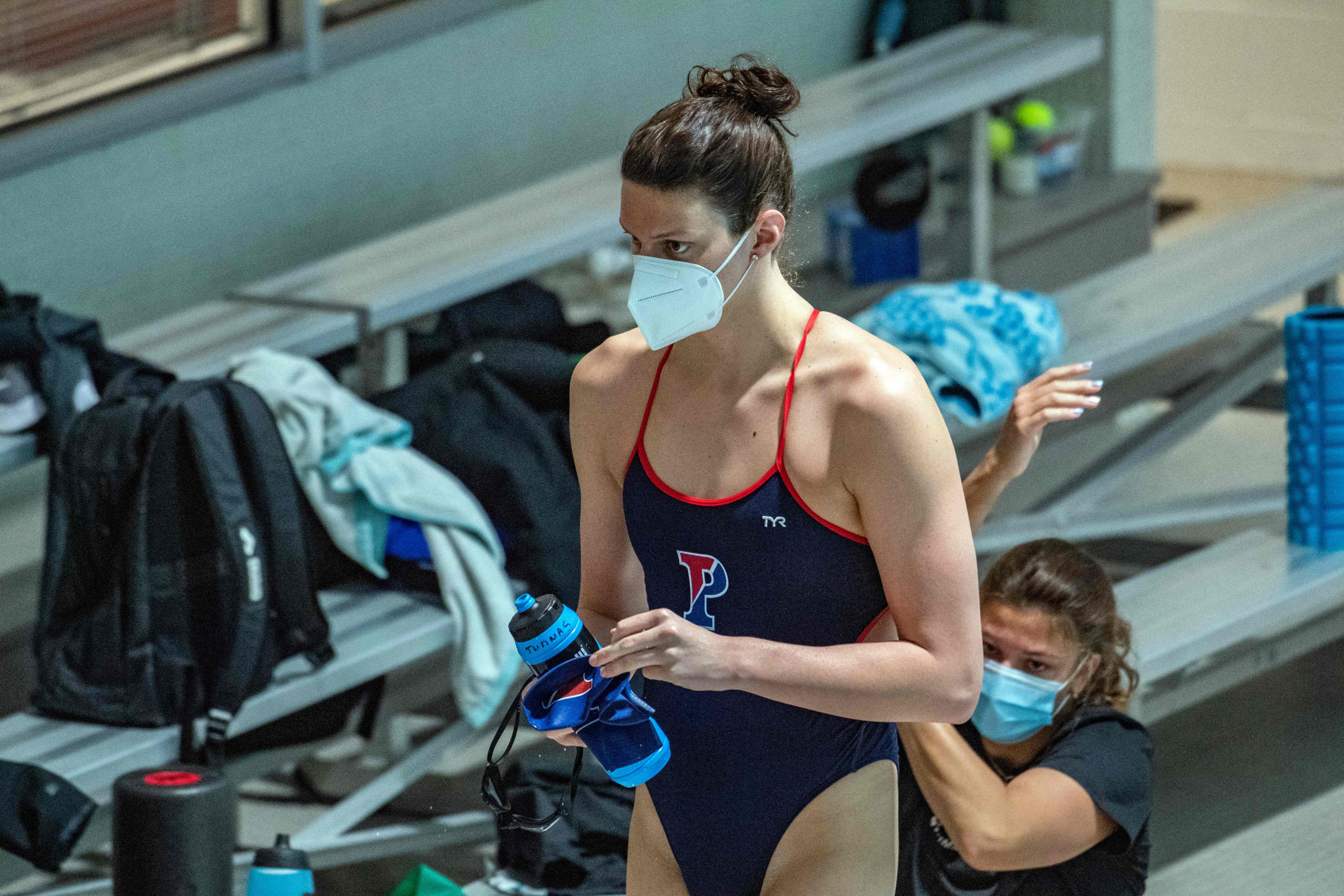The NCAA’s Decision on Transgender Athlete Lia Thomas: A Critical Analysis
Introduction
The National Collegiate Athletic Association’s (NCAA) recent decision not to take away medals from transgender swimmer Lia Thomas has sparked a heated debate. This decision has raised questions about fairness in competition, the sanctity of women’s sports, and the rights of transgender individuals. This article examines the complexities surrounding the NCAA’s ruling by exploring different perspectives, presenting data, and critically analyzing the arguments.
Perspectives and Arguments
Supporters of the NCAA’s Decision
Inclusion and Fairness: Supporters argue that the NCAA’s decision promotes inclusivity and fairness by allowing transgender athletes to compete in their chosen gender category. They believe that Thomas has undergone the necessary medical transition to compete fairly against cisgender women.
Medical Considerations: They emphasize the role of hormone therapy in reducing Thomas’s testosterone levels, bringing them within the range of cisgender female athletes. This, they argue, ensures a level playing field.
Opponents of the NCAA’s Decision
Unfair Advantage: Critics contend that Thomas’s biological advantages, such as height, strength, and lung capacity, provide her with an unfair edge over cisgender women. They argue that even with hormone therapy, these advantages remain significant.
Sanctity of Women’s Sports: Opponents raise concerns that allowing transgender athletes to compete in women’s sports could threaten the integrity of the category. They fear it could lead to a decline in women’s participation and undermine the gains made in female athletics.
Data and Evidence
Research suggests that transgender women who have undergone hormone therapy have reduced testosterone levels, making their physical characteristics more similar to cisgender women. However, some studies also indicate that transgender women may retain certain biological advantages, particularly in sports that require strength or endurance.
In Thomas’s case, data comparing her performance to cisgender women swimmers before and after transitioning showed a significant increase in her swim times. However, it’s important to note that these comparisons were observational and did not control for other factors that may have influenced her performance.
Critical Analysis
Issues of Inclusion and Fairness
The NCAA’s decision to allow transgender athletes to compete in their chosen gender category is primarily driven by the principle of inclusion and fairness. The Association believes that transgender individuals have the right to participate in sports without discrimination based on their gender identity.
However, opponents argue that the pursuit of inclusion should not come at the expense of fairness for cisgender women. They question whether the current regulations adequately address the potential advantages transgender athletes may retain.
The Sancity of Women’s Sports
The concern about protecting the sanctity of women’s sports is based on the belief that maintaining a separate category for women ensures a fair and level playing field. Critics argue that allowing transgender athletes to compete in women’s sports could erode this distinction and potentially discourage cisgender women from participating.
However, supporters counter that the inclusion of transgender athletes does not diminish the achievements of cisgender women. They argue that transgender athletes are simply individuals who happen to be transgender and should not be excluded based on their gender identity.
Conclusion
The NCAA’s decision on transgender athlete Lia Thomas is a complex and multifaceted issue. There are valid arguments on both sides of the debate, and the right solution may not be clear-cut.
The pursuit of inclusion and fairness for transgender athletes must be balanced with the need to maintain fair competition in women’s sports. The challenge for the NCAA and other sports organizations is to find a way to strike this balance without compromising the rights or opportunities of any group.
As the debate continues, it’s crucial to approach it with respect and empathy for all perspectives involved. Only through open and informed discussion can we hope to find a solution that is both inclusive and fair.

